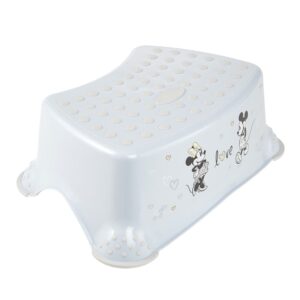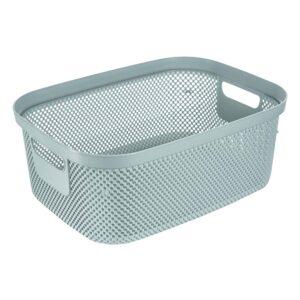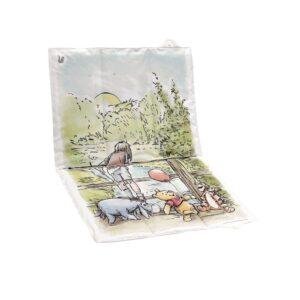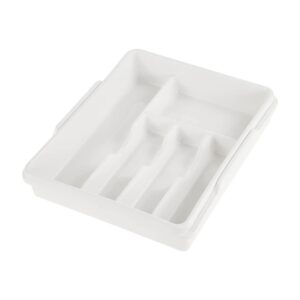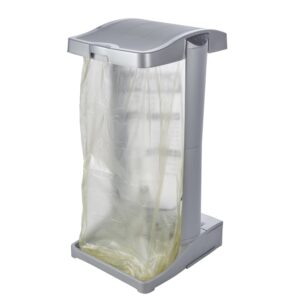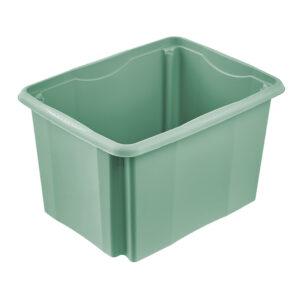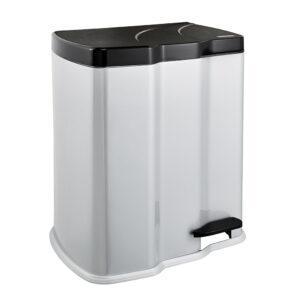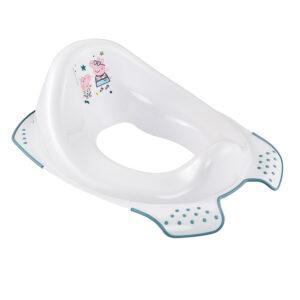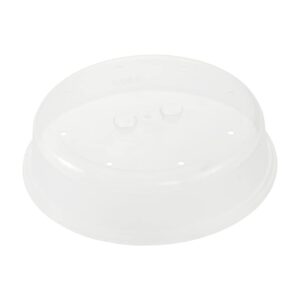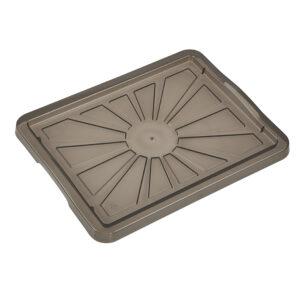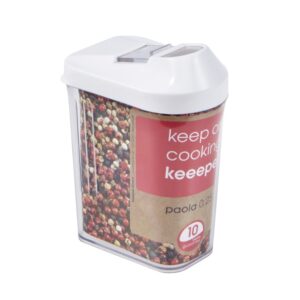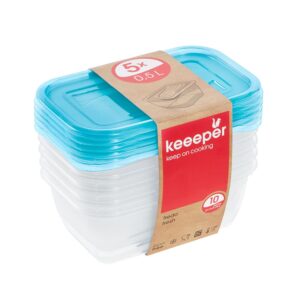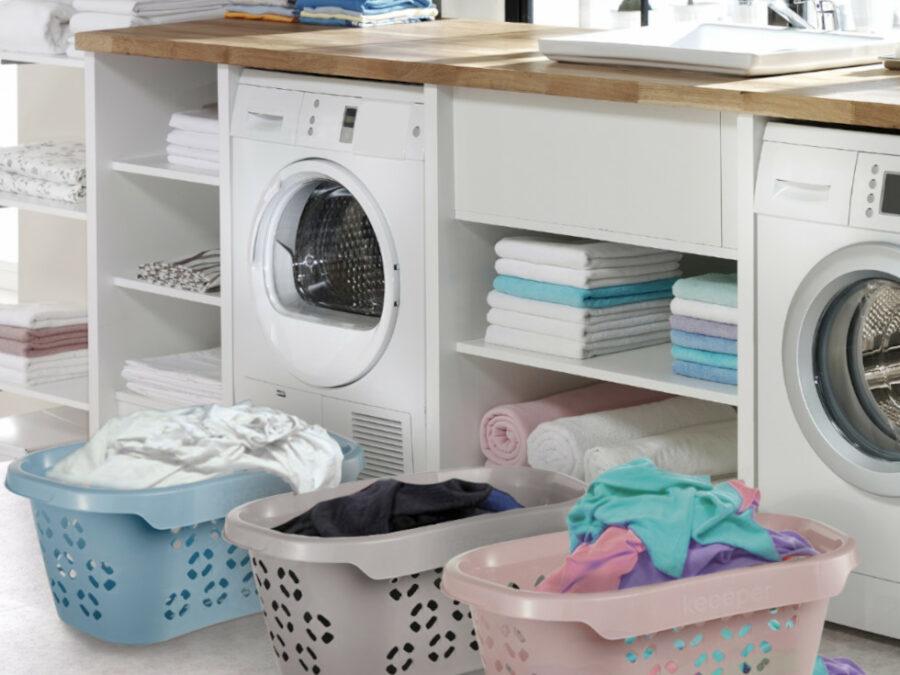
First, you should sort the dirty laundry into dark, colored and white laundry. The laundry baskets “anton” are ideally suited for this.
(iStock.com/gereume)
the right way to do your laundry: how to sort your clothes and choose the correct temperature setting and detergent
We tell you how to do it and what else you should know when it comes to doing your laundry.
1. sort your clothes according to colour before you wash them
Over the course of the week, a household produces plenty of dirty laundry such as towels, bed linen, underwear, sports clothes, jeans, T-shirts and much more. A laundry hamper such as “per“, for example, is perfect for storing dirty laundry.
If you don’t want to wear clothes that are a uniform grey or a pale shade of red or pink after washing them, you are well-advised to sort your dirty laundry beforehand. The first step is therefore to separate your laundry according to the various colours. Dark clothes go on one pile; white, red and mixed coloureds each go onto their respective piles.
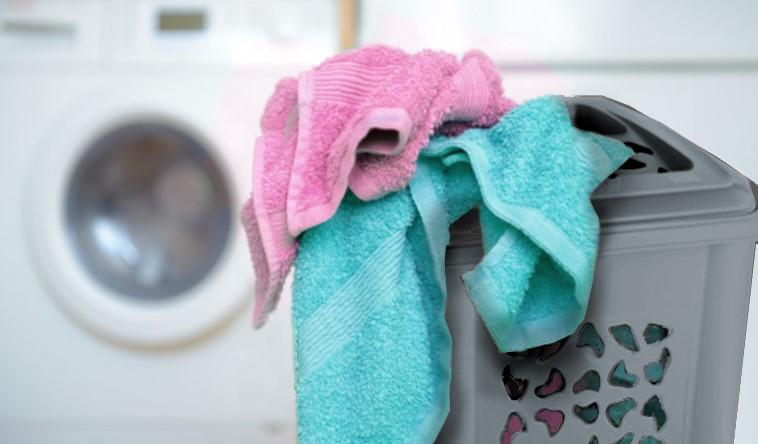
Laundry collector “per” stores the dirty laundry
2. select the correct temperature setting, washing machine programme and detergent
After you have divided your laundry according to colour, you need to separate it further according to the fabric the items are made of, and thereby according to the temperature setting and the respective wash cycle. Please refer to the care label on each piece of clothing. The general rules are:
• Towels, floor and cleaning cloths, bed linen and cotton underwear are washed at 60°C. This temperature is already hot enough to kill all relevant germs. It is usually no longer necessary to use the 95°C hot wash cycle to “boil” your laundry. However, certain infections call for the addition of an antibacterial laundry detergent.
• The 40°C setting, on the other hand, gets ordinary, everyday non-delicates (such as tops, trousers, skirts, shirts etc.) adequately clean.
• Silk can be washed using a special mild silk and wool laundry detergent at a low temperature, usually 30°C, and at the delicates setting – or you simply wash it by hand (see further below).
• Clothing with a wool content should only be washed in the washing machine. If the machine has a special wool wash cycle with a low temperature setting or even a cold wash cycle with an extremely low spin speed. You better a special wool detergent.
3. careful with delicate fabrics!
You should always refer to the care label when washing clothes made from delicate fabrics, such as silk or wool, or functional clothing. Sometimes, the machine’s delicates cycle is perfectly suitable. However, it is better to wash hand-knitted items or particularly fine fabrics by hand. Wash them in a round plastic washing up bowl such as bjoerk, for example.
Leave your laundry to soak for ten minutes in lukewarm soapy water with a special, mild detergent for delicates, and then carefully rub out any stains. After that, you need to rinse the item until the water runs clear to ensure that there is no detergent left in it. Carefully wring the piece of clothing out after rinsing, pull it into shape and dry it flat on top of a clothes airer.
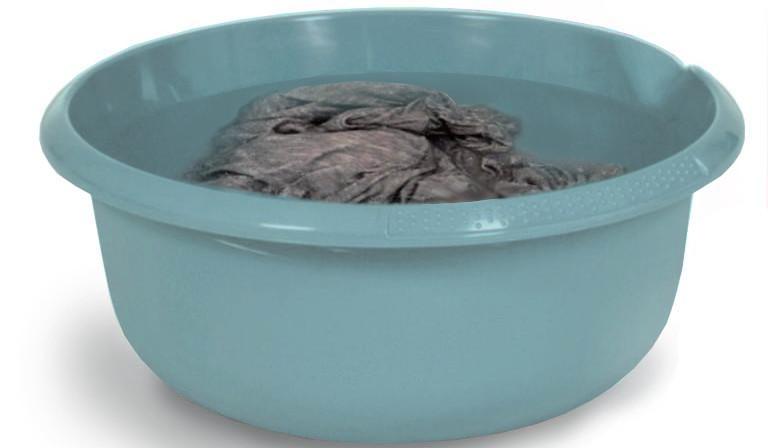
For the hand washing of sensitive textiles, a washing bowl (here “bjoerk“) is recommended
the right way to wash your laundry – all tips at a glance
• If you want save time when doing the laundry, collect your dirty clothes in three washing baskets rather than one (“anton“). As soon as an item of dirty clothing is taken off, it is then put in the respective basket for white, coloured or dark laundry.
• You should use your washing machine to capacity but the clothes should lie loosely in the machine. If you stuff too much in, your laundry won’t be properly clean.
• Please use only softener, when it is necessary. You need to add softener only in regions where the water is hard.
• Clean, wet laundry should not remain in the machine or in the washing basket for hours on end as it can start to develop an unpleasant odour.
• Before you hang your washing up, it’s a good idea to pull each item into shape and smooth it out or give it a good shake. This may do away with the need to iron it, or will in any case make it easier to iron once dry.
• When you dry your laundry in a drier, folding it as soon as it is dry will make the clothes easier to iron afterwards.
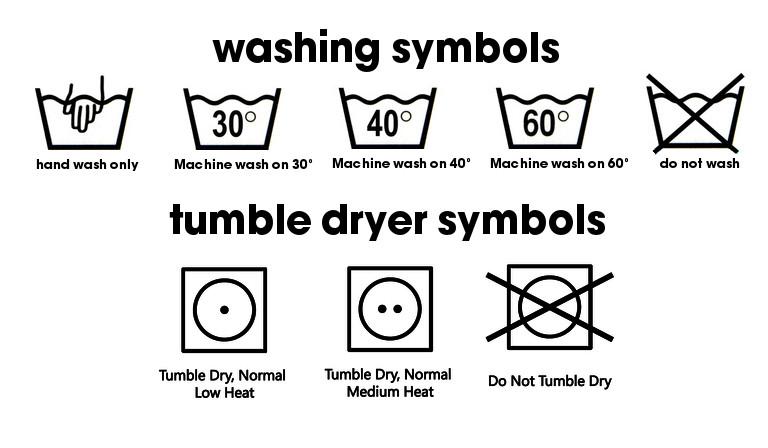
one more tip: if you have not had much experience in doing your own laundry, you should always let the care labels on each piece of clothing guide you. keep on washing!
Keep on washing!

